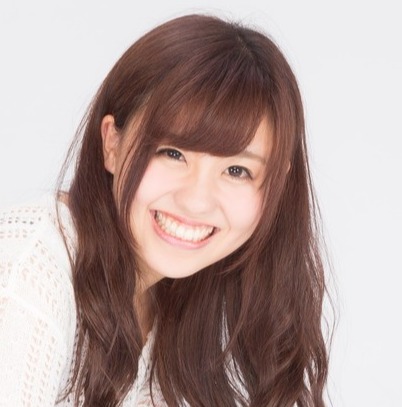“miseru” vs. “miru”:Have You Already Figured Them Out?
What is the difference between “見せる(miseru) and 見る(miru)”? Which is used as the meaning of “show”? After reading this, you would be answering this question. Let me introduce what their subtle differences are and how you correctly use them such as native speakers today!
見せる (miseru)
Show / 展示 / 보여주다 / Cho xem
“見せる(miseru)” means “Show” and which has been used as the meaning of “to cause or permit to be seen”. The basic ways to use it are that “私は___を見せる。(I show ___.)”, etc For instance, “私は彼に写真を見せる。(I see him.)”, “私は友達に腕を見せる。(I show my friend my arm.)”, “私はお父さんにこの本を見せる。(I show my father this book.)”, etc. The tips for using it are that “見るせる” is used as the meaning of “YOU SHOW SOMETHING TO SOMEONE”, unlike “見る”. Everyone could use “見せる” as casual, polite and formal such as “お父さんにこの本を見せたよ。(I showed my father this book.)” as casual and “父さんにこの本を見せました。(I show my father this book.)” as polite and formal.
\ Learn Japanese language online with a personal native teacher!/
Sample
見せて! (Show me!) (给我看看!) (보여줘!) (Cho tôi xem!) (misete!)


服をめくってお腹を見せて下さい。 (Please lift up your clothes and show your stomach.) (请把衣服拉上去,给我看你的肚子。) (옷을 올려서 배를 보여주세요.) (Hãy vén áo lên cho tôi xem bụng của bạn.) (fuku wo mekutte onaka wo misete kudasai.)


ミクに彼氏の写真を見せました。 (I showed Miku my boyfriend’s picture.) (我给未来看了我男朋友的照片。) (미쿠에게 남자친구의 사진을 보여줬습니다.) (Tôi đã cho Miku xem ảnh của bạn trai tôi.) (Miku ni kareshi no shashin wo misemashita.)


レイは弱い部分を見せたくないみたいだよ。 (I heard Rei doesn’t want to show his weaknesses.) (雷不想让别人看到他软弱的一面。) (레이는 약점을 보여주고 싶지 않은 것 같아.) (Dường như Rei không muốn cho xem những chỗ yếu đấy.) (Rei wa yowai bubun wo misetaku nai mitai dayo.)
見る (miru)
See, Look, Watch / 看 / 보다 / nhìn, thấy, xem
“見る(miru)” means “See” and which has been used as the meaning of “to be conscious of what is around you by using your eyes”. The basic ways to use it are that “私は___を見る。(I see ___.)”, etc For instance, “私は彼を見る。(I see him.)”, “私は友達を見る。(I see my friend.)”, “私は歌手を見る。(I see a singer.)”, etc. The tips for using it are that “見る” doesn’t have any special meanings and it means “to see” as you know, unlike “見せる”. Everyone could use “見る” as casual, polite and formal such as “歌手を見たよ。(I saw a singer.)” as casual and “歌手を見ました。(I saw a singer.)” as polite and formal.
Sample


よく見えないよ・・・ (I can’t see it well…) (我看不太清楚……) (잘 안 보여…) (Tôi không thể nhìn thấy rõ…) (yoku mie nai yo…)


一昨日、泥棒を見ました。 (I saw a burglar 2 days ago.) (我前天看到了一个小偷。) (그저께 도둑을 봤습니다.) (Ngày hôm kia tôi đã nhìn thấy một tên trộm.) (ototoi, dorobō wo mima shita.)


さっき、スーパーの前で友達を見ました。 (I saw one of my friend in front of a supermarket a while ago.) (我刚才在超市前面看到了我的一个朋友。) (아까 슈퍼 앞에서 친구를 봤습니다.) (Vừa nãy, tôi đã nhìn thấy một người bạn ở trước siêu thị.) (sakki, sūpā no mae de tomodachi wo mima shita.)


昨日、先生を見たよ。 (I saw my teacher yesterday.) (我昨天见到了老师。) (어제 선생님 봤어.) (Hôm qua, tôi đã nhìn thấy giáo viên đấy.) (kinō, sensei wo mita yo.)
\ Learn more! /









Comments